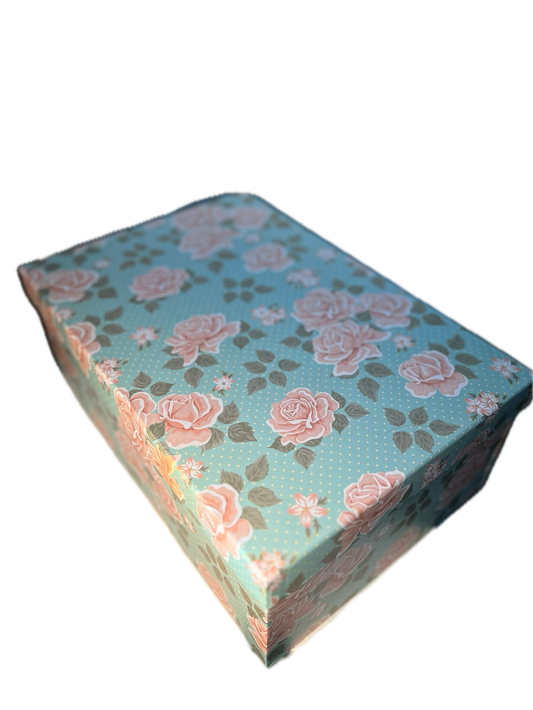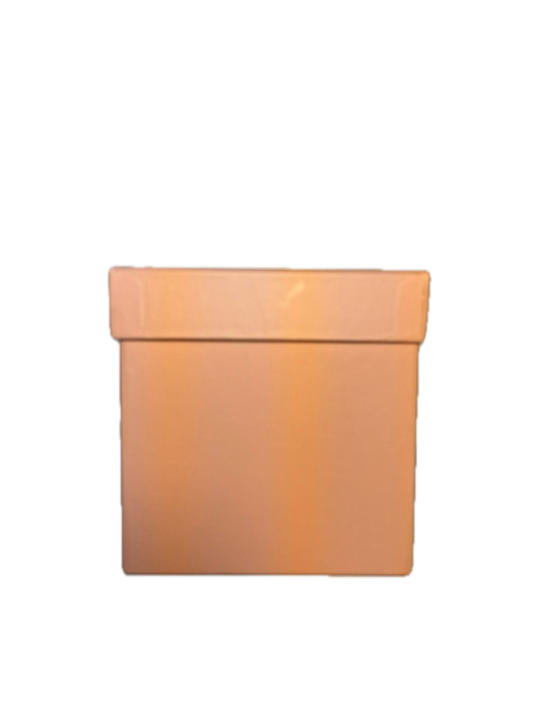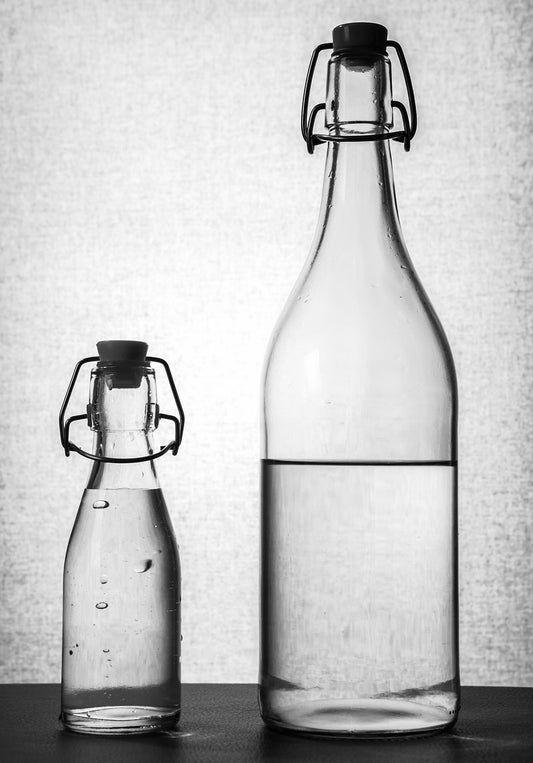
Stretching - why is it good?
Međimurski ceker Why is it good to stretch the muscles after getting out of bed?
Stretching the muscles after getting out of bed helps wake up the body, improves blood circulation, increases flexibility and reduces stiffness. During sleep, the muscles are often in the same position for a long time, which can cause stiffness. Stretching helps to relax the muscles and prepare them for the day's activities.
What happens to muscles during sleep?
During sleep, the muscles are at rest. During eight hours of sleep, muscles can become stiff because they are not actively moving. This can cause a feeling of stiffness and discomfort upon awakening. Stretching helps restore flexibility and mobility to the muscles.
What happens to muscles if we never stretch?
If we never stretch, muscles can become stiff, less flexible and more susceptible to injury. Long-term non-stretching can lead to reduced range of motion and increased muscle tension, which can cause pain and discomfort.
Does movement during the day qualify as stretching?
Movement throughout the day can be partially considered stretching because it involves movements that stretch certain parts of the body. However, targeted stretching of specific muscle groups can provide additional benefits that ordinary movement may not cover.
How does stretching affect the psychological image of a person?
Stretching can have a positive effect on the psychological image of a person. It can reduce stress, improve mood and increase feelings of well-being. Deep breathing and focus while stretching can also have a meditative effect, helping to reduce anxiety.
What happens to certain parts of the body (hips, glutes, adductors, hamstrings, lower back)?
These body parts often require more stretching due to prolonged sitting which can cause these muscles to shorten and stiffen. Sitting in a chair for long periods of time can lead to reduced range of motion and increased tension in these muscles.
What happens to the muscles during stretching?
When stretching, the muscles lengthen and the blood flow through them increases. This helps deliver oxygen and nutrients and remove waste products. Stretching can also improve the elasticity of muscle tissue and reduce the risk of injury. During maximal stretching, muscle fibers lengthen and joints become more flexible.
How hard and how long can we stretch?
Stretching should be moderate and last between 15 and 60 seconds per muscle group. You should stretch to the point where you feel slight discomfort, but not pain. Excessive stretching can increase the risk of injury.
Chance of injury when stretching hard
The chance of injury increases with excessive and sudden stretching. Muscles and joints can be overstressed, which can lead to sprains.
Recommendation for daily stretching
Daily stretching is recommended, especially after waking up and before and after physical activity. Daily stretching can improve flexibility, reduce the risk of injury, and improve overall physical and mental health.
Stretching as a type of training
Stretching can be considered a form of training as it improves flexibility, mobility and circulation. Stretching alone, especially if done properly and regularly, can make a significant contribution to fitness, although it may not replace cardio or strength training.
Overlapping stretching, yoga and pilates
Stretching, yoga and pilates have elements in common, such as improving flexibility, balance and body awareness. Yoga includes asanas that combine stretching and strength with meditation and breathing. Pilates focuses on strengthening the core muscles, stability and flexibility. All these practices can complement each other for whole body health.
Not stretching the muscles
If muscles are not stretched regularly, they can shorten and become less flexible. This shortening is not necessarily visible as a decrease in muscle length in centimeters, but functionally, the muscle fibers become less elastic and less capable of lengthening. This can have several negative effects:
Shortened muscles and their consequences
- Decreased range of motion: Shortened muscles limit joint range of motion. This can make it difficult to perform daily activities and reduce athletic performance.
- Increased tension: When muscles are shortened, they can become tense and painful. This can lead to muscle cramps and discomfort.
- Improper posture: Shortened muscles can pull the body into incorrect positions, which can lead to poor posture and additional stress on other muscles and joints.
Impact on the possibility of injury
- Greater risk of strains: Shortened muscles are less elastic and more susceptible to strains or even tears during sudden movements or exertion.
- Muscle Imbalance: If certain muscles become shortened, this can create an imbalance in the muscular system. For example, shortened hip flexors can affect the back and knees, increasing the risk of injury to those areas.
- Poorer blood circulation: Muscles that are not stretched regularly may have poorer blood circulation, which can reduce the delivery of oxygen and nutrients and slow muscle recovery.
Physiological processes during non-stretching
- Changes in muscle fibers: Without regular stretching, muscle fibers lose their elasticity. Collagen, the structural protein in muscles and tendons, can become denser and less flexible.
- Thickening of connective tissue: The connective tissue surrounding muscles can become thickened and less elastic, further limiting mobility.
- Reduced synovial fluid: Joints can also suffer from reduced range of motion, as synovial fluid, which lubricates joints, can be less effective without proper mobilization.
Conclusion
Regular stretching is essential for maintaining muscle flexibility, health and functionality. Without stretching, muscles can become stiff, less flexible and more susceptible to injury. Regular stretching improves circulation, range of motion and reduces the risk of injury, keeping muscles and joints in optimal condition.
How does stretching help deliver oxygen and nutrients and remove waste products?
- Improved blood circulation: When stretching, the muscles stretch and relax, which improves blood flow through the tissues. Increased blood circulation means more oxygen and nutrients reach the muscle cells, helping them recover and grow.
- Removal of waste products: Increased blood circulation also helps remove metabolic waste products, such as lactic acid and carbon dioxide, from muscle tissue. This can reduce the feeling of fatigue and soreness after exercise.
What are the waste products that are removed?
- Lactic acid: Formed during anaerobic respiration when muscles use glucose for energy without enough oxygen.
- Carbon dioxide: A byproduct of cellular respiration, it is removed from the muscles and transported to the lungs where it is exhaled.
- Ammonia: Formed as a by-product of protein breakdown.
- Creatine metabolites: Such as creatinine, which is excreted by the kidneys.
How do joints become more flexible?
- Increased range of motion: With regular stretching, the muscles become more flexible, which enables a greater range of motion of the joints.
- Joint lubrication: Stretching improves the distribution of synovial fluid, which lubricates the joints and reduces friction between the joint surfaces.
- Reduced stiffness: Improved muscle flexibility reduces tension around the joints, thereby reducing stiffness and improving mobility.
How do muscle fibers lengthen?
- Mechanical stretching: When we stretch our muscles, the muscle fibers are physically lengthened. This occurs through the breakdown and repair of the sarcomere, the basic unit of muscle contraction.
- Muscle plasticity: Muscle fibers have a certain elasticity, which allows them to return to their original state after stretching. However, with regular stretching, there are permanent changes in the length of the fibers.
How long do muscle fibers stay stretched?
- Temporary effect: Immediately after stretching, muscles are temporarily lengthened due to mechanical stretching.
- Long-lasting effect: With regular and consistent stretching, muscle fibers can become permanently lengthened. This is achieved through adaptations in the connective tissue and muscle fibers.
Are these fibers elastic?
- Elasticity: Muscle fibers are elastic and have the ability to return to their original length after being stretched.
- Plastic changes: With regular stretching, the fibers can undergo plastic changes, which means that they remain partially elongated even after stretching.
The positives and negatives of muscle lengthening
Positive side:
- Increased flexibility: Improves range of motion and joint functionality.
- Reduced risk of injury: More flexible muscles are less susceptible to injury.
- Better posture: Elongated muscles can help maintain proper posture.
- Reduced pain and tension: Stretching can reduce muscle tension and pain.
Cons:
- Potential for injury: Overstretching or improper technique can cause strains or tears.
- Decreased strength: Overstretched muscles can lose a certain level of strength and stability.
Conclusion
Regular stretching has many benefits, including improved flexibility, reduced muscle tension, better circulation and reduced risk of injury. However, it is important to stretch properly and gradually to avoid possible injury and ensure that the muscles remain strong and functional.








































































